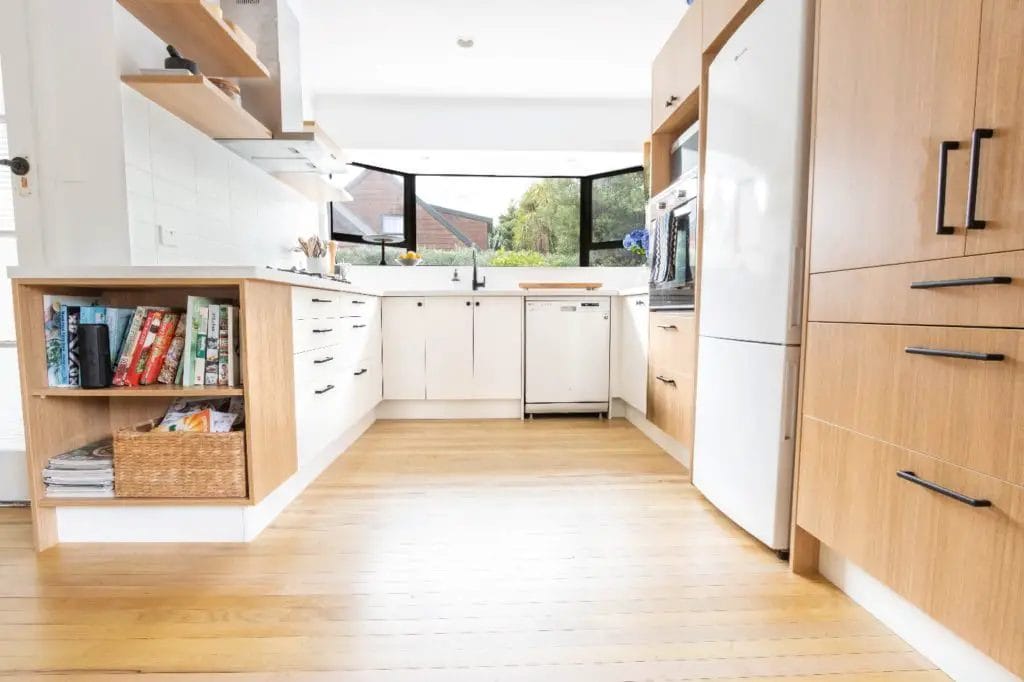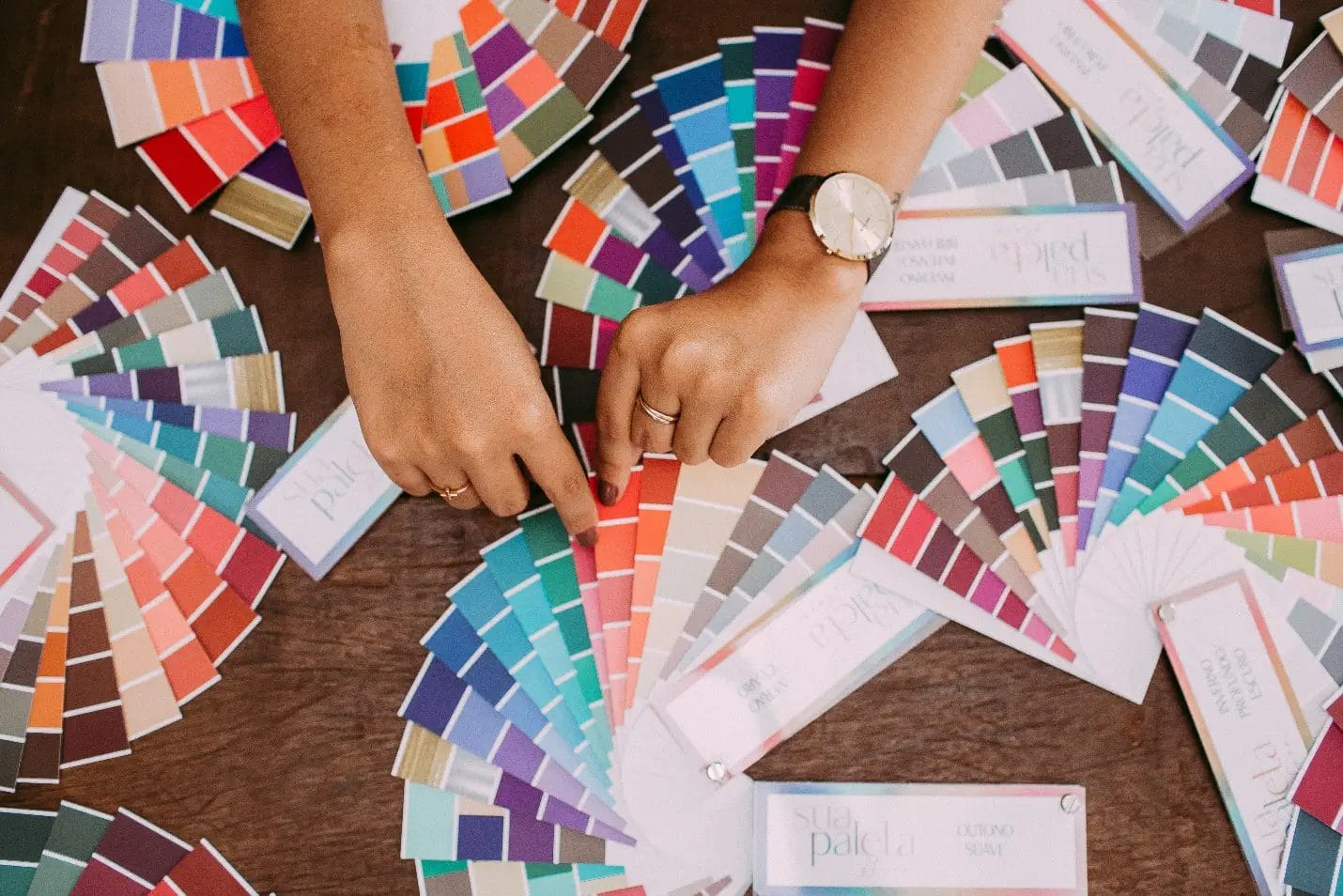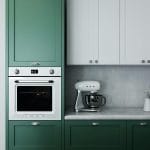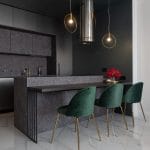Picking the color for your kitchen floor is a significant kitchen remodeling step. You spend a lot of time in your kitchen, and it sees a lot of action in return. Ideally, the walls and surfaces of your kitchen are pleasing to look at and make you happy. We’ll help you pick the right colors to make that possible.
The Basics of Color Theory
You must understand basic color theory to pick the right colored floor for any kitchen. Designers use the color wheel to help choose the color for the kitchen flooring to communicate different styles. In the color wheel, red, blue, and yellow are equidistant primary colors. The colors you get from mixing two primary colors are secondary, and those obtained from mixing two are tertiary colors.
Color Temperatures
Warm and Cool
The closer you are to red on the color wheel, the warmer the colors are. While the more blue is mixed in a color, the cooler that color is. Warmer colors are more exciting and inviting. At the same time, cooler colors are more relaxing and serene. Colors can have warm and cool undertones. The general rule of thumb should be to match warm colors with other warm colors and cool with different cool colors.
Neutral
Neutral colors are neither warm nor cool colors. These are in the middle of the color temperature range and look great with either warm or cool colors. For example, olive green looks excellent next to both red and blue. Interior designers swear by the use of neutrals to fill a space. Over saturating the area with one temperature can become overwhelming so neutral colors dilute the effect.
Complementary Colors Using The Color Wheel
Colors on the color wheel are arranged so that complementing contrasting colors are opposite each other. For example, yellow looks fantastic when combined with violet.
Pale Colors and Saturated Colors
Pale colors look great next to other pale colors; the same goes for bright and saturated colors. If you place them together, you wash out the pale color and make the saturated color look too bright. If you have pale colors around your kitchen, you should have a pale-colored floor to match. The same goes for bright colors. For example, a stark white floor complements stark white countertops as pale white floors do pale white countertops.
What Can Your Floor Do
Visually, your floor can do three things:
- Match the rest of the kitchen
- Contrast the rest of the kitchen
- Highlight itself or the rest of the kitchen
What you decide depends on your style and the effect you want the finished kitchen to have.
Matching Floor
A matching floor opens up a space. You can create a monochromatic matching effect which means the same or different shades of a single color. On the other hand, you can opt for analogous matching, which means using colors right next to each other on the color wheel. For example, red, orange, and yellow.
A monochromatic kitchen is the best backdrop for some focal artwork or decoration. It is also the first choice for minimalists. In comparison, analogous matching floors can be a safe way to add more color while not creating crazy contrasts. When choosing matching floor colors, ensure the colors have the same temperature. Warm matches warm while cool matches cool.
Contrasting Floor
The floor can be either light or dark with warm or cool undertones. To create a contrasting effect, you can pair a dark floor with a light kitchen or vice versa. Contrasting floors are a great way to take attention off your ceiling since people’s eyes will naturally be drawn toward the floor.
Contrasting colors can be much lighter or darker than the rest of the kitchen while remaining at the same temperature. For example, in cash, a dark grey can contrast with cool ice or rhinestone white.
Highlighting Floor
If you want to highlight your kitchen countertops or cabinets, you can choose a lighter and paler floor so that it gets washed out of focus. That way, all eyes will be right where you want them to be.
On the other hand, if you want the floor to be the focal point, you can choose a floor color that is darker and more saturated than the rest of the kitchen colors. That way, no one can look at your kitchen without registering the design on the floor.

Stuff to Think About Before the Final Decision
You may have learned enough about color theory to decide what color floor you want in your kitchen. Just to guarantee you make the right choice think of these things before deciding.
Material
What material you use affects the color you end up using. If you use ceramic tiles, they will be shiny, so you can choose a dark color without worrying too much about the area looking dreary. The reflective tiles make it okay. Here are some materials you could choose for your new kitchen floor:
- hardwood or wood tile
- Ceramic tile
- Marble
- Resin
- Stone
Styles
What style you decide to go for heavily influences the floor color you choose. Here are some popular kitchen styles to choose from:
- farmhouse chic
- french country
- minimalist
- maximalist
- contemporary
- old glamour
- Millennial
- Exotic
You can see thousands of reference pictures of the style you decide on. You can check which colors are prominent in your chosen reference pictures. Once you fall in love with a style, you can easily pick the right color.
Conclusion
When choosing a color for the kitchen floor, there are many things to entertain. You have to consider things like the saturation of the colors in the kitchen and their color temperature.
Now you can confidently go to the hardware store and choose the color of the Kitchen flooring. You can make your kitchen look brand new just by changing the floor. The hardest part of renovating is the choosing part. Once that is done, just sit back and watch your vision come alive







